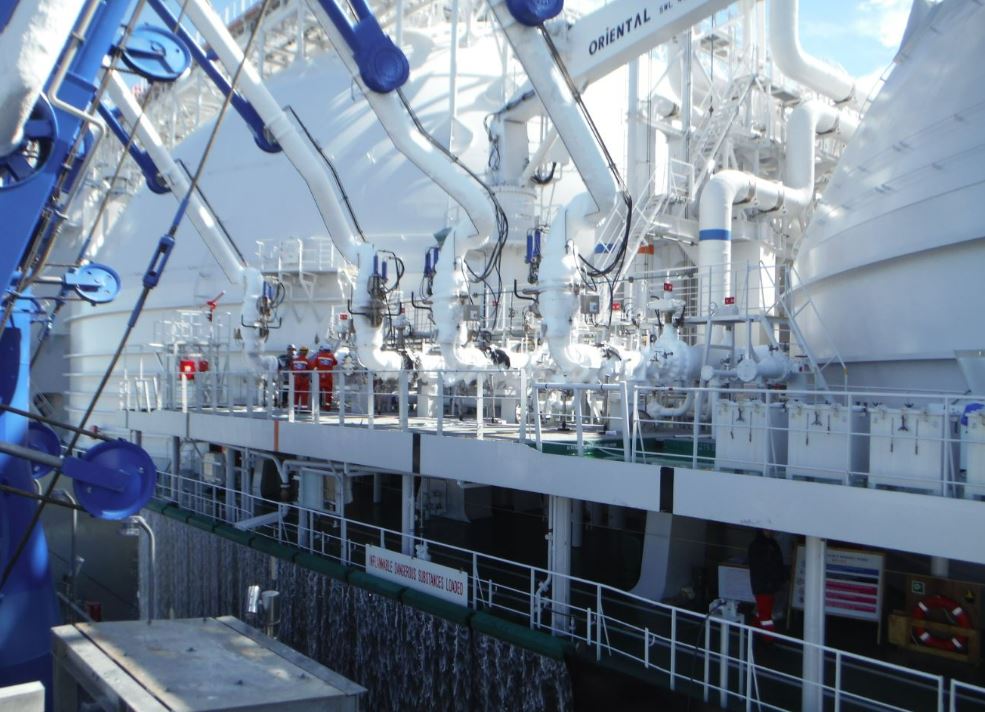US LNG exports dropped in the week ending May 11 due to seasonal maintenance activities at liquefaction facilities, including the Freeport and Cameron plants, according to the Energy Information Administration.
The US has exported 21 LNG shipments between May 5 and May 11, down by four shipments when compared to the week before, the agency said in its weekly natural gas report.
Natural gas deliveries to LNG export facilities averaged 12.2 Bcf/d, 0.1 Bcf/d lower than the previous week, it said.
Five out of seven large US LNG terminals exported the 21 cargoes during the week under review.
The total capacity of LNG vessels carrying these cargoes is 76 Bcf.
Cheniere’s Sabine Pass plant dispatched eight cargoes, while its Corpus Christi plant sent four shipments, EIA said, citing Bloomberg Finance shipping data.
The Freeport terminal sent five cargoes and the Cameron plant exported three cargoes.
In addition, Cove Point sent one cargo during the week under review, while Elba Island and Calcasieu Pass did not ship any cargoes during the week under review.
Henry Hub down to $7.51/MMBtu
This report week, the Henry Hub spot price dropped 79 cents from $8.30/MMBtu last Wednesday to $7.51/MMBtu this Wednesday.
Prices across the South also fell in line with the Henry Hub, even as temperatures across much of the region remained above normal this report week, resulting in higher air-conditioning demand, EIA said.
Feed gas deliveries to LNG export terminals along the Gulf Coast increased by 0.1 Bcf/d to 11 Bcf/d.
Deliveries to terminals in South Texas increased by 0.3 Bcf/d, while deliveries to terminals in South Louisiana decreased by 0.2 Bcf/d.
Following completion of three weeks of maintenance on Train 1 at Freeport LNG in Texas, natural gas deliveries to the terminal increased, averaging 1.9 Bcf/d this week, the agency said.
Train 1 at Cameron LNG in Louisiana, which has been undergoing scheduled maintenance since the end of April, is expected to return to operation in mid-May, it said.
Spot LNG, TTF down
According to the agency, international natural gas prices dropped this report week.
Bloomberg Finance reported that swap prices for LNG cargoes in East Asia fell 31 cents/MMBtu to a weekly average of $23.62/MMBtu.
At the Dutch TTF, the day-ahead prices decreased $2.83/MMBtu to a weekly average of $28.01/MMBtu.
The price at TTF averaged above the East Asia price for the fourth week in a row, EIA said.
In the same week last year (week ending May 12, 2021), the prices in East Asia and at the TTF were $9.11/MMBtu and $8.99/MMBtu, respectively, it said.

